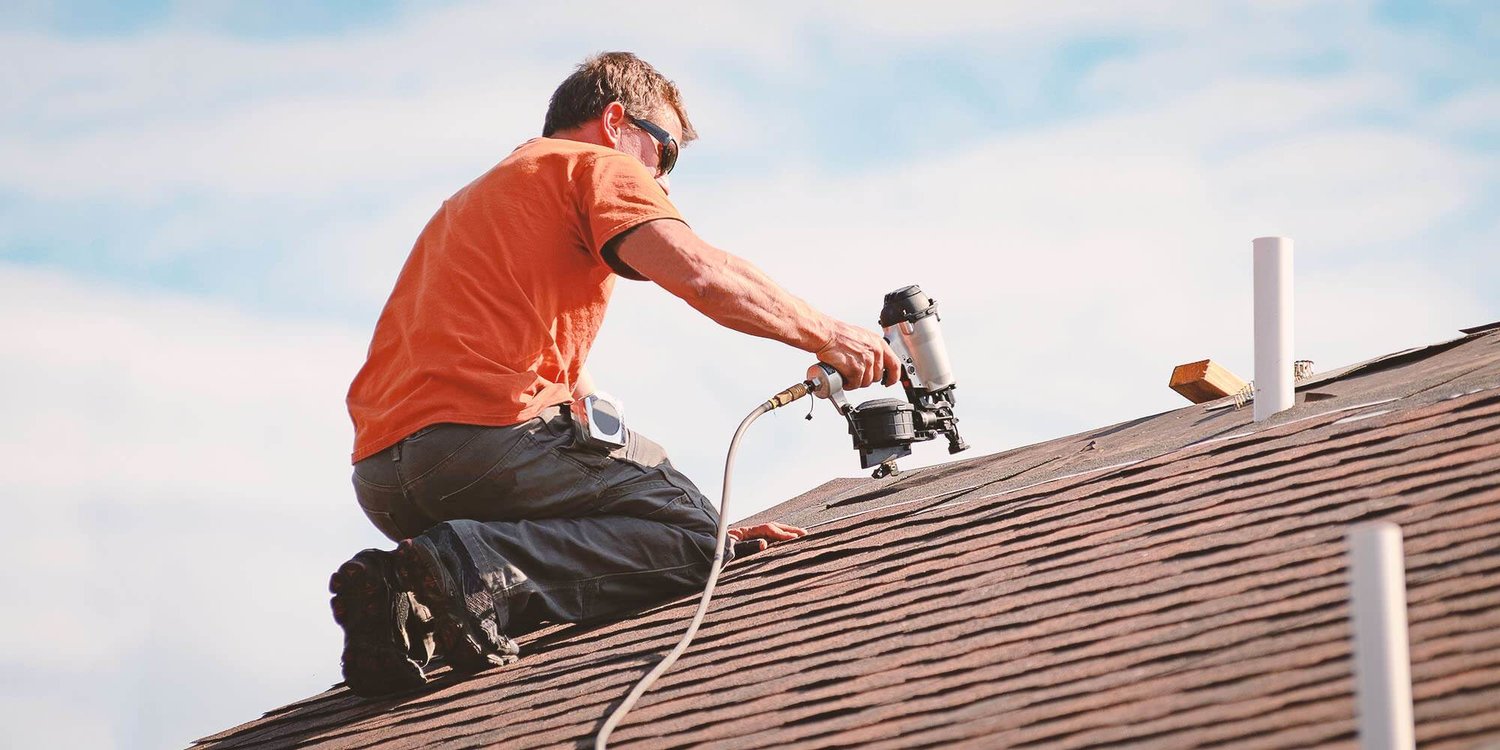Introduction
When it pertains to roofing, lots of property owners frequently think of aesthetics and cost. However, one of the most significant factors affecting your option of roofing material is climate. From torrential rains to scorching sun, the weather conditions where you live can determine not just the life expectancy of your roof but likewise its general performance. In this post, we'll check out how environment effects your choice of roofing material and offer insights into choosing the best roofing for your specific environment.
How Climate Impacts Your Option of Roofing Material!
Choosing a roof material isn't simply an exercise in design; it's a decision that can have lasting implications based on your local environment. For example, if you reside in a location vulnerable to heavy rainfall or snow, your needs will differ considerably from somebody living in a dry, hot desert region.
Understanding Various Environment Zones
Before diving deeper into products, it's essential to comprehend the various environment zones that exist:
- Tropical: Identified by high humidity and frequent rain. Temperate: Seasonal changes with moderate weather. Arid: Hot, dry conditions with minimal rainfall. Cold: Long winter seasons with snow and ice.
Each zone provides distinct difficulties and factors to consider for roof materials.
The Function of Humidity
In tropical climates where humidity is high, mold and mildew can be significant concerns. Roofing systems require to be made from materials that resist wetness absorption. Metal roof is often advised due to its resistance to these elements and longevity.
Benefits of Metal Roof in Humid Climates
Durability: Metal roofings generally last longer than other options. Mold Resistance: They do not take in moisture like asphalt shingles can. Energy Efficiency: Reflective metal roofing systems can help keep homes cooler.The Effect of Extreme Temperatures
Conversely, if you're positioned in arid regions with severe heat, you'll want products that can endure extreme sunshine without degrading quickly.
Recommended Materials for Hot Climates
Clay Tiles: Excellent for showing sunlight. Metal Roofing: Also advantageous for heat reflection. Cool Roof Coatings: These can be applied over existing roofings to boost energy efficiency.How Rainfall Impacts Roofing Choices
In areas experiencing heavy rains or snowfall, selecting a more robust product becomes vital.
Best Roofing Options for Wet Climates
- Slate Tiles: Long lasting and visually pleasing but heavier. Asphalt Shingles: More cost effective however may require more frequent roofing repairs due to moss growth.
Snow Load Considerations
If you live in areas with heavy snowfall, you may think about:
Steep Slopes: They help snow slide off naturally. Strong Materials: Ensure your chosen material can stand up to significant weight.Wind Resistance
In hurricane-prone locations or locations based on serious storms, wind resistance ends up being paramount.
Wind-Resistant Roof Options
Metal Roofing: Known for its ability to hold up against wind uplift. Concrete Tiles: Heavy and durable against strong winds.Cost vs Durability Trade-offs
While it might be tempting to opt for cheaper products upfront, think about long-term expenses connected with repair and maintenance based upon https://hectorysrz277.hpage.com/post1.html your climate.
Local Building regulations and Regulations
Always speak with regional building regulations when thinking about a roof replacement as they might determine certain products based upon ecological conditions.
Choosing the Right Roofing Contractors
When embarking on a roofing replacement job or requiring roof repairs, employing knowledgeable roofer familiar with local climate condition can make all the distinction in guaranteeing correct installation suited for your climate.
FAQs About Climate and Roof Materials
1. What is the best roofing product for rainy climates?
For rainy climates, metal roof or slate tiles are ideal due to their capability to shed water effectively and resist mold growth.
2. Can I utilize asphalt shingles in damp environments?
While asphalt shingles are popular due to low initial expenses, they may require more regular maintenance in humid environments due to prospective mold growth.

3. What roof options are best for hot climates?
Clay tiles or reflective metal roofs work well in hot climates as they help keep homes cooler by showing sunlight away from the house.
4. Do I need special insulation under my roof?
Yes! Proper insulation is vital despite climate; nevertheless, it's particularly crucial in areas with severe temperature levels to preserve energy efficiency.
5. How frequently ought to I change my roof?
This depends on the product utilized; typically asphalt shingles last around 20 years while metal roofing systems can last over 50 years with proper maintenance.
6. Should I think about eco-friendly roof options?
Absolutely! Environment-friendly choices like green roofing systems or solar tiles not only reduce environmental impact but also improve energy efficiency no matter climate.
Conclusion
Choosing the right roofing material is no little feat; it needs careful factor to consider of your local environment's demands along with individual choices and budget plan constraints. By understanding how environment affects your option of roofing product-- be it through durability against heavy rain or heat resistance-- you'll guarantee that your home remains safeguarded while preserving visual appeal for years to come!
Whether you're planning a brand-new roofing installation or just pondering some upgrades throughout regular roof repairs, always bear in mind that knowledge is power-- and understanding how environment affects your option of roof material will serve you well long into the future!
